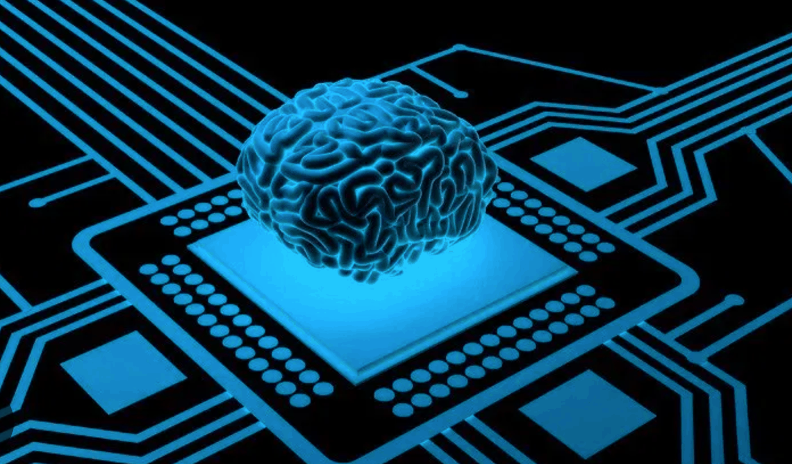A neuromorphic chip is a type of computer chip that is designed to function similarly to the human brain. These chips are made up of a large number of simple, interconnected processing elements that, like neurons in the brain, can adapt and learn from experience. Artificial intelligence, robotics, and brain-computer interfaces are among the applications for which neuromorphic chips are being developed.
For a variety of reasons, neuromorphic chips are being developed. One of the primary reasons is to develop more powerful and efficient artificial intelligence systems. Traditional computer chips are unsuitable for AI applications because they lack the ability to adapt and learn from experience that the human brain does. Neuromorphic chips, on the other hand, are specifically designed to mimic how the brain works, making them ideal for AI applications.
Another reason for the development of neuromorphic chips is to create more advanced robotics systems. These chips can be used to teach robots to learn and adapt to their surroundings, making them more versatile and capable of performing a wider range of tasks.
Finally, neuromorphic chips are also being developed for use in brain-computer interfaces, which are devices that can be used to directly connect the human brain to a computer. These chips could be used to create more sophisticated and effective brain-computer interfaces, which could have a wide range of applications in areas like medicine, education, and entertainment.
Here are a few examples of potential neuromorphic chip applications:
Neuromorphic chips could be used to create more efficient and powerful artificial intelligence systems. These chips could be used in image and speech recognition, natural language processing, and machine learning applications.
Robotics: Neuromorphic chips could be used to enable robots to learn and adapt to their surroundings, making them more versatile and capable of performing a wider range of tasks.
Neuromorphic chips could be used to create more sophisticated and effective brain-computer interfaces, which could have a wide range of applications in fields such as medicine, education, and entertainment. These chips, for example, could be used to create devices that allow people with disabilities to control prosthetic limbs or other assistive devices with their minds.
Medical applications: Neuromorphic chips could be used to create medical devices that can more accurately and effectively monitor and diagnose brain disorders. These chips, for example, could be used to develop wearable devices that monitor brain activity and alert doctors to potential problems.
Environmental monitoring: Neuromorphic chips could be used to develop sensors capable of real-time monitoring and analysis of environmental data. These chips could be used to monitor air and water quality, soil moisture, and other environmental factors, potentially improving agricultural productivity while protecting natural resources.
Neuromorphic chips could be used to create a variety of medical devices, including monitoring devices, diagnostic tools, and therapeutic devices. These chips, for example, could be used to develop wearable devices that monitor a patient’s vital signs and alert doctors to potential problems.
Drug discovery: Neuromorphic chips could be used to create more sophisticated drug discovery and development tools. These chips could be used to quickly and accurately analyze large amounts of data, allowing researchers to identify new drugs and treatments more quickly and efficiently.


